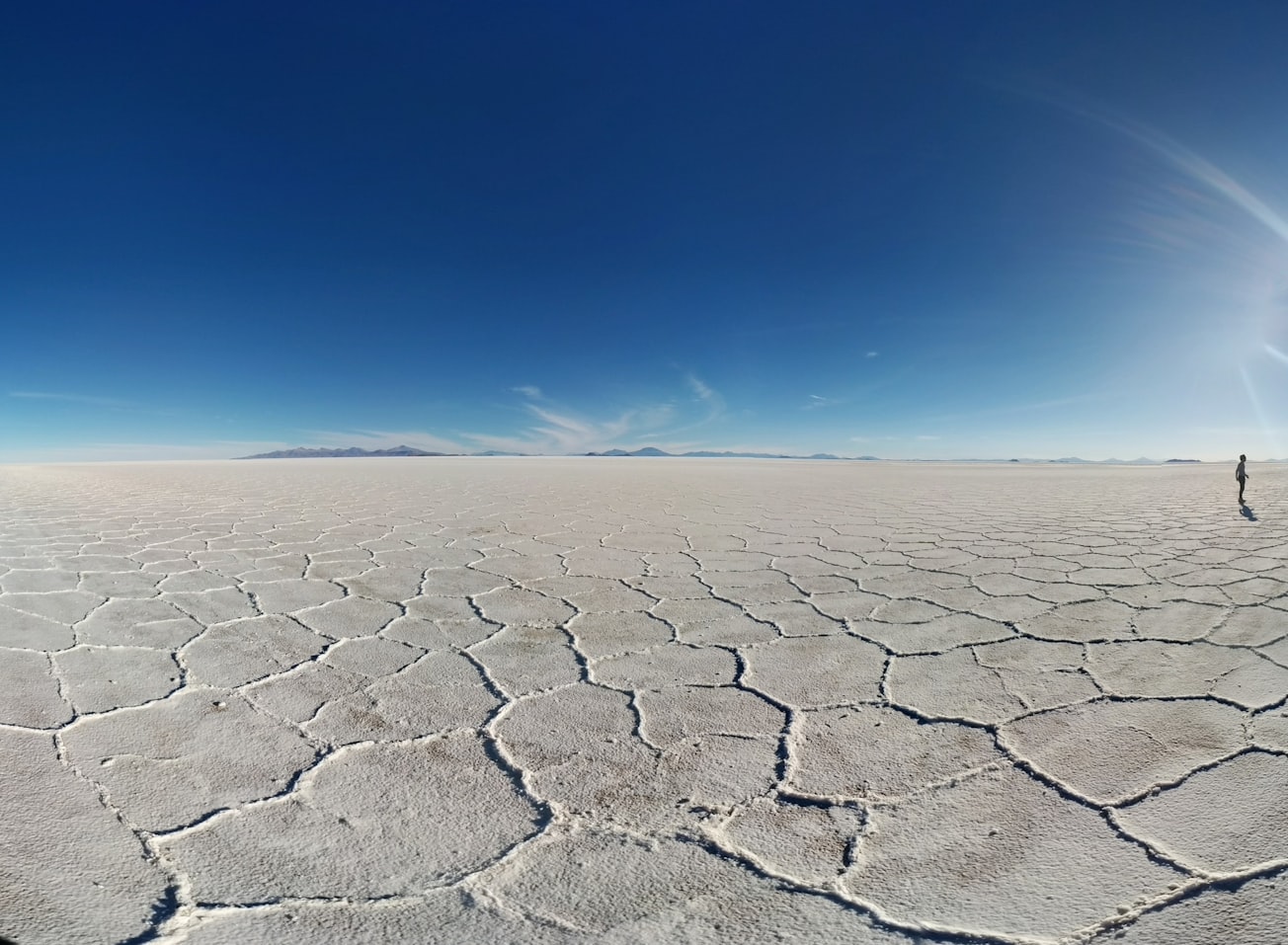What is it about?
Large evaporite basins form when areas of land beneath sea-level are fed with seawater and that seawater is evaporated to leave minerals such as halite (rock salt). We know that some such basins filled up with evaporite deposits quickly. This study concerned the Red Sea, where the evaporite deposits are up to 5.3 million years old (Miocene in age), which is much younger than the evaporite deposits around the Atlantic and Gulf of Mexico basins. Because of that young age, it was easier to reconstruct the original level to which the evaporites were deposited. We found that, although several kilometres of them were deposited, their surface remained beneath global sea-level, hence the basin remained under-filled. The composition of the minerals changed from halite to anhydrite, suggesting a change in the composition of waters supplying the Red Sea, perhaps an increasing importance of rainwater runoff from Arabia and Africa.
Featured Image

Photo by Eduardo Gutiérrez on Unsplash
Why is it important?
The study illustrates the many adjustments to the evaporite surface that are necessary and unfortunately will be much less accurate for the older evaporite basins or "salt giants". The central Red Sea evaporites illustrate a number of processes that can rapidly create space for later deposits above them ("accommodation space" in the Red Sea case remains largely unfilled). These include deposition on young oceanic crust or highly extended continental crust, which rapidly subsides (lithospheric cooling), and spreading of the evaporites over the new spreading centre.
Read the Original
This page is a summary of: Reconstructing the level of the central Red Sea evaporites at the end of the Miocene, Basin Research, October 2020, Wiley,
DOI: 10.1111/bre.12513.
You can read the full text:
Contributors
The following have contributed to this page







